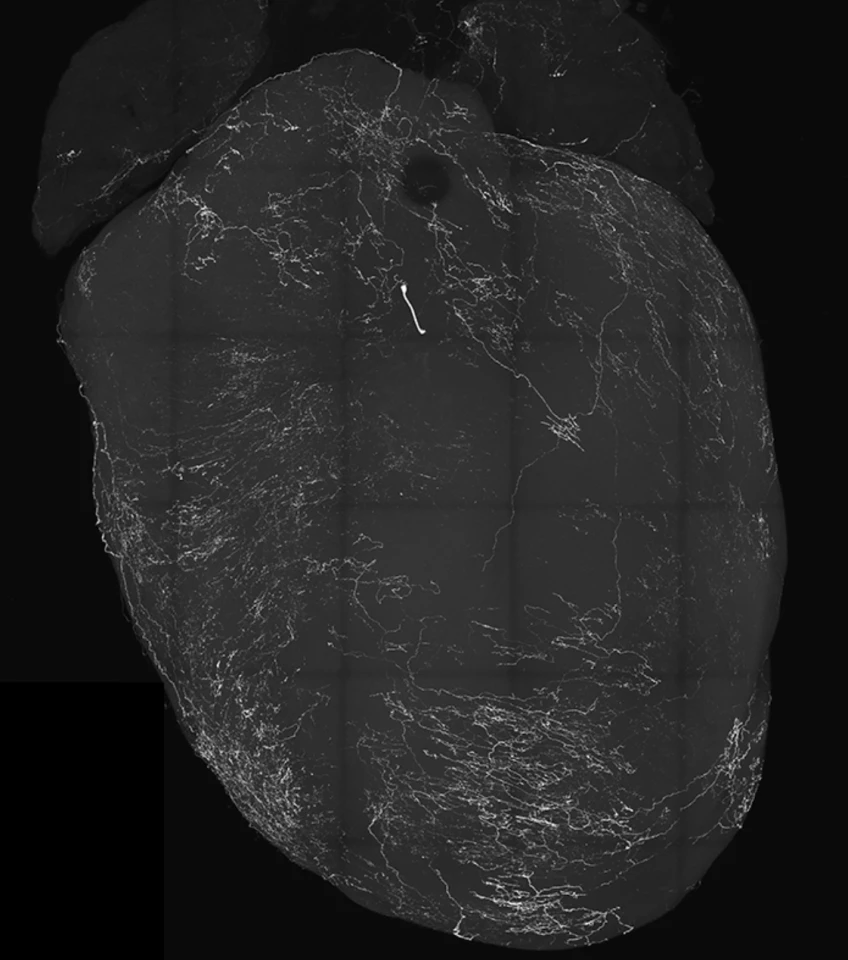While nearly 40% of the population will faint in their lifetime, until now scientists have not known the exact mechanism at play when we experience that brief, terrifying lack of consciousness. That is, until now.
Researchers from the University of California (UC) San Diego have, for the first time, identified the precise genetic pathway linking the heart to the brain that triggers fainting, aka syncope. As well as a generally fascinating discovery, it also paves the way to finding effective treatments for conditions in which fainting is prevalent and persistent.
Traditionally, it was thought the brain sent out a signal to the heart, which swiftly followed directions. But the team, led by Biological Sciences Assistant Professor Vineet Augustine, was able to show this pathway was only half the story.
“What we are finding is that the heart also sends signals back to the brain, which can change brain function,” said Augustine. “Our study is the first comprehensive demonstration of a genetically defined cardiac reflex, which faithfully recapitulates characteristics of human syncope at physiological, behavioral and neural network levels.”
The team looked at neural mechanisms related to Bezold-Jarisch reflex (BJR), the cardiac function that was identified in 1867. BJR, which features reduced heart rate, blood pressure and breathing, has been thought to be associated with fainting but never proven.
Here, the researchers looked at the genetic makeup of a sensory cluster known as the nodose ganglia, which is part of the vagus nerves that transports signals between the brain and the heart. Here, vagal sensory neurons (VSNs) send signals up to the brainstem and have been linked to BJR and fainting.
And it was here they found that VSNs expressing neuropeptide Y receptor Y2 (NPY2R) have a significant connection to BJR physiology

Using optogenetics to target specific neurons, the researchers were able to trigger NPY2R VSNs in mice, which caused the animals to instantly faint. Using observational data, comprehensive brain neural data and machine learning, the scientists were able to show how pivotal NPY2R was in triggering fainting.
What’s more, when these neurons were activated, the mice experienced pupil dilation and the familiar fainting ‘eye roll’ that is seen in humans, plus slower heart and breathing rates, and a drop in blood pressure.
“We were blown away when we saw how their eyes rolled back around the same time as brain activity rapidly dropped,” the researchers reported in a paper summary. “Then, after a few seconds, brain activity and movement returned. This was our eureka moment.”
When NPY2R VSNs were removed, the BJR and fainting in the mice ceased. So while previous studies have shown how a reduction of blood flow to the brain triggers fainting, it now seems evident the pathway is a two-way street, with information relayed back to the brain.
“Neuroscientists traditionally think the body just follows the brain, but now it is becoming very clear that the body sends signals to the brain and then the brain changes function,” said Augustine.
The findings offer potential avenues for research into better understanding, and treatment of, a range of psychiatric and neurological disorders that have a distinct brain-heart connection.
“We also hope to more closely examine cerebral blood flow and neural pathways in the brain during the moment of syncope, to better understand this common but mysterious condition,” the researchers noted in the study.
The team hopes to now track the exact conditions that are needed to excite the VSNs and use the research to develop targeted therapies for fainting-associated health conditions.
The study was published in the journal Nature, and the video below captures the heart-brain "crosstalk", as heart activity slows in response to the stimulation of VSNs, which trigger fainting.
Source: UC San Diego






